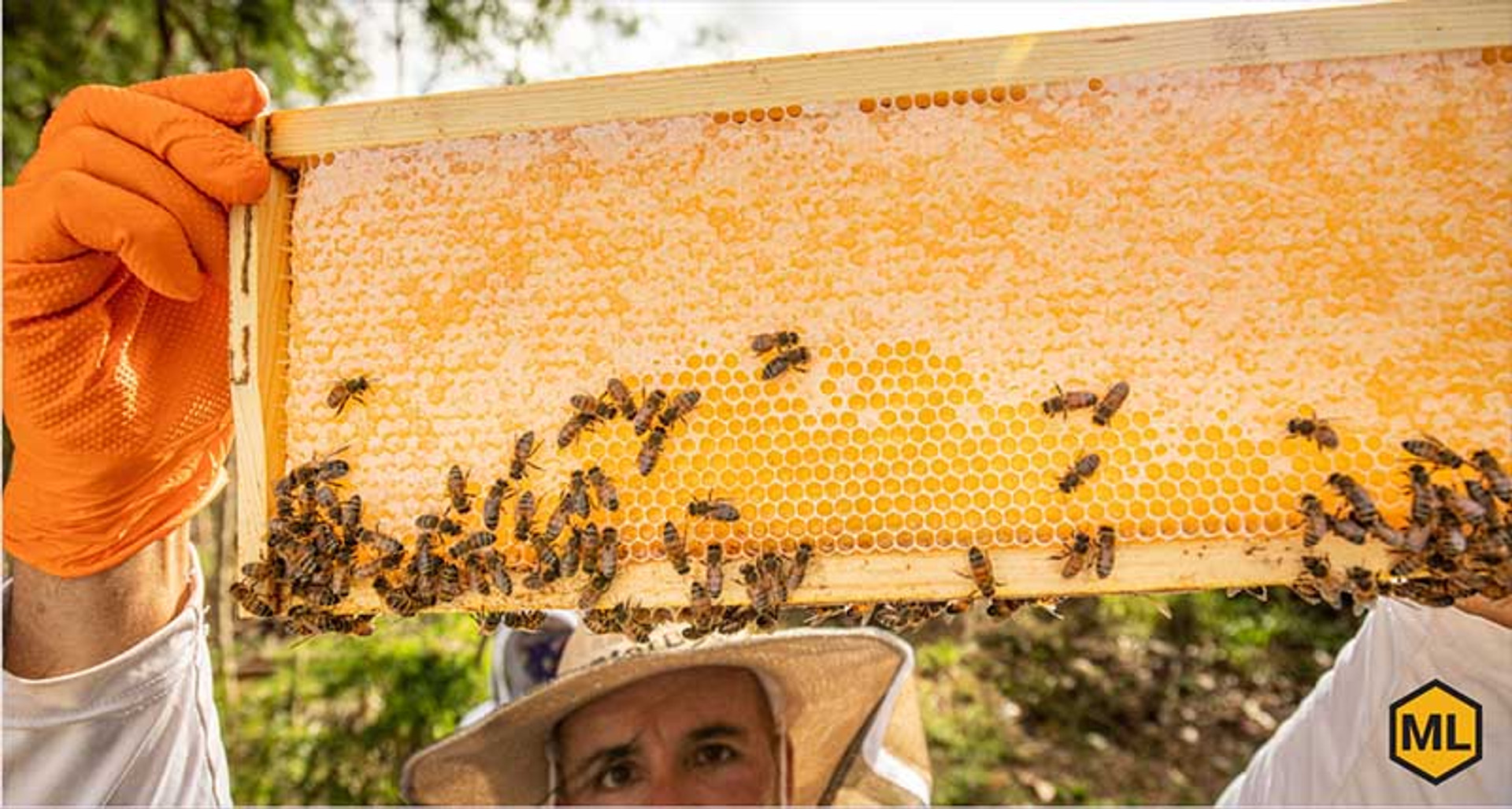How American Foulbrood Affects Honey Bees
Among the most severe diseases that honey bees face is American foulbrood, a bacterial infection that targets larvae in a colony. Unlike many diseases, American foulbrood can hit any colony regardless of population size, productivity, and overall health. This makes it all the more important for beekeepers to learn more about where American foulbrood comes from and what it can do to your beehives. Learn how to best protect your apiary with this guide on how American foulbrood affects honey bees.
What Is American Foulbrood?
As mentioned above, American foulbrood is a bacterial infection. It comes from a spore-forming bacterium called Paenibacillus larvae. While adult bees can’t catch the infection, they can accidentally spread these spores around the hive—such as when they feed larvae contaminated food.
If a larva ingests spores, those spores will continue to multiply within the larva’s gut throughout the pupal stage. The infection will kill the larva while it is in its capped cell. After that, the spores will continue to grow within the cell until a worker bee uncaps it and clears out the pupae’s remains, thus spreading those spores further throughout the hive.
Signs And Symptoms
American foulbrood targets a hive’s brood, which means one of the most obvious signs of the disease is an irregular brood pattern. If you see sunken, perforated, or darker-colored cell cappings, that might be a sign of infected, decomposing larvae within. Additionally, you can inspect the remains of dead larvae in your hive. Larvae that become a brown, semi-liquid substance or a dark, brittle scale on the inside of their cell died because of American foulbrood. Beehives infected with the disease will also have a foul, sulfurous odor due to the presence of decomposing larvae.
How American Foulbrood Affects Honey Bees
American foulbrood is a deadly, fast-moving disease that can completely destroy a colony within a matter of weeks. Though it only targets the brood, this will still quickly cripple the hive as fewer new worker bees emerge to protect, forage, and keep the colony running.
As the infected hive grows weaker, it becomes vulnerable to robbery from other nearby colonies. These colonies will unknowingly bring the spores back to their own hives, putting their own broods at risk and further spreading the disease. As such, the best course of action for beekeepers dealing with this disease is to destroy infected hives and completely eradicate potentially contaminated materials.
Whether you’re looking for American foulbrood treatment supplies, more information on other honey bee diseases, or live package bees for sale to start a new colony, Mann Lake is here for you. Find the supplies and resources you need to keep your honey bees safe and make the most of your beekeeping career.

